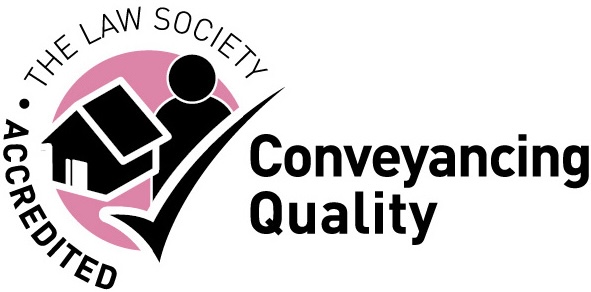If you own a flat, the freehold may be owned by the landlord. This means that the landlord will generally be responsible for carrying out tasks such as arranging for the common areas and the fabric of the property to be kept in good condition, arranging buildings insurance and organising contractors to carry out works.
It is open to flat owners in a block to work together to take over the right to manage from the landlord. Where the management was not particularly effective, it can be advantageous for the flat owners to deal with it themselves. It gives them the opportunity to shop around for the best quotes for works and for buildings insurance and to ensure that the best interests of the flat owners are observed.
Who has the right to manage?
The right to manage arises under the Commonhold and Leasehold Reform Act 2002. It is only available in respect of flats and not houses. In order to qualify to exercise the right to manage, the following must apply:
- The property must contain at least two flats
- At least two-thirds of the flats in the property are subject to long leases of 21 years or more
- At least half of the holders of long leases wish to exercise the right to manage
- There is no right to manage where the building contains non-residential areas (such as offices or shops) which make up more than 25% of the total floor area
- There might not be a right to manage where there are four or fewer than four flats and the landlord lives at the property
How to exercise the right to manage
A right to manage company will need to be set up by the leaseholders who wish to take over the management. All leaseholders should be sent a notice inviting them to participate.
A formal notice needs to be sent to the landlord, notifying them that leaseholders intend to take up their right to manage. This is a legal requirement and it is important that it is correctly drafted and served. You are recommended to speak to an expert property lawyer to ensure that this part of the process is dealt with properly. For example, the notice should not be served more than two weeks before the leaseholders have been given notice that they can join the right to manage company.
Four months after service of the notice on the landlord, the right to manage company can take over the management of the flats, unless the landlord has served a counter-notice objecting to the process.
Where the right to manage is not challenged by the landlord, they should provide the new management company with details of the insurance, agents and contractors being used and also advise those parties of the change in management.
Taking over flat management
Running the management of flats can be time-consuming and onerous and it is crucial to deal with matters efficiently from the start.
As well as arranging for buildings insurance to be in place and for maintenance to be carried out, the management company will be responsible for setting and collecting service charges, for deciding how much to charge to cover works and to contribute to a sinking fund and for preparing and filing annual accounts.
The landlord is likely to retain certain rights, such as the right to consent to proposed alterations and to the letting of properties.
It is open to the management company to employ a managing agent to deal with matters on its behalf or an accountant to draw up and file the accounts.
Contact us
If you would like to speak to one of our expert property lawyers, ring us on 0333 305 5189 or email us at info@lpropertylawyers.co.uk
